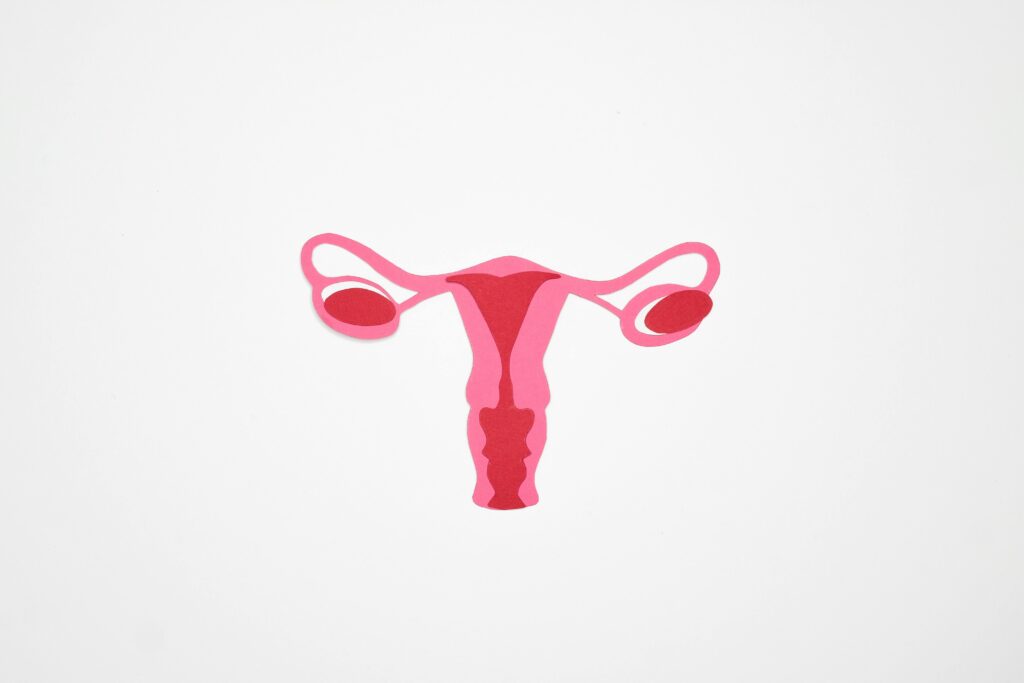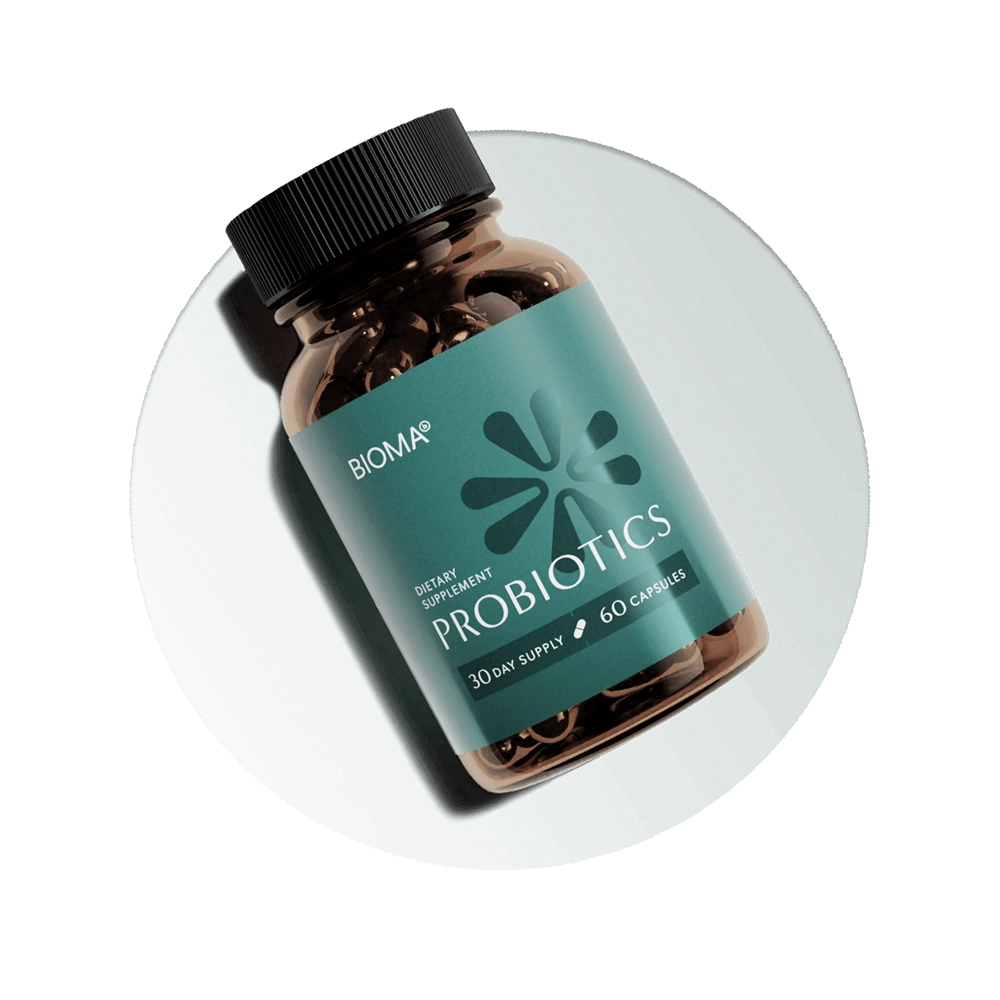What Nail Texture Says About Your Health

What Is Nail Texture?
Nail texture refers to the feel and appearance of your nails, and it can be a clear indicator of your overall health. While everyone’s nails have a unique texture due to genetics, changes in that texture over time can suggest imbalances or deficiencies in your body. Nails that are smooth, strong, and healthy typically reflect a well-nourished body, while changes in texture may indicate a lack of certain nutrients, stress, or other underlying health issues.
Nail texture issues can arise due to hormonal changes, nutrient deficiencies, or even stress. In some cases, the texture of your nails may change as a result of aging, or certain health conditions can lead to noticeable shifts in texture. Understanding what your nails are telling you about your health can guide you toward necessary lifestyle and dietary changes.
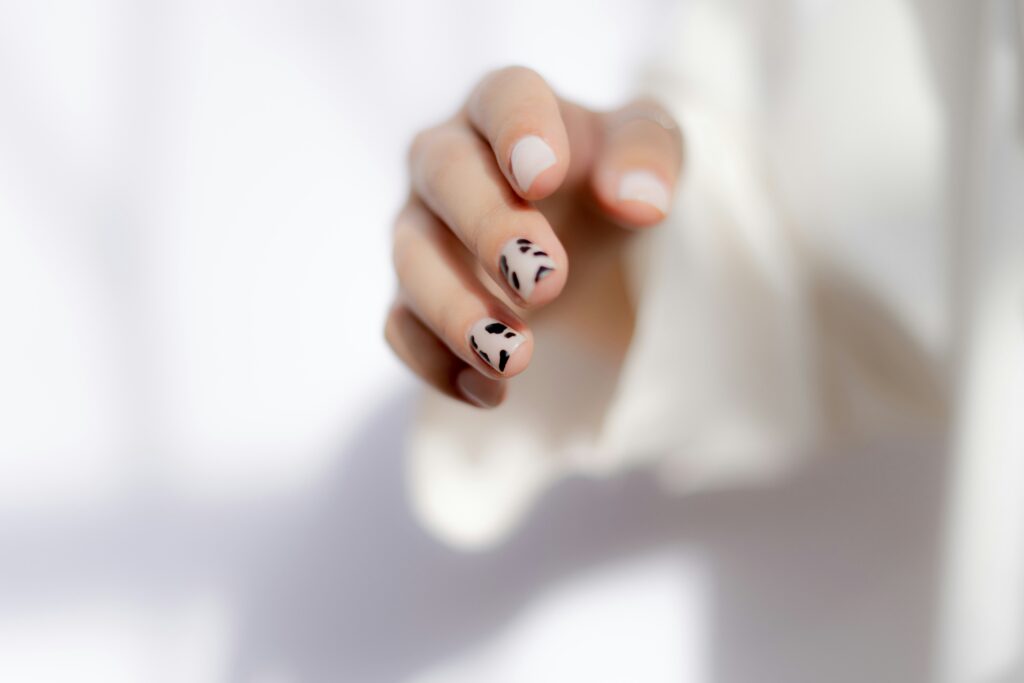
Common Nail Texture Issues and What They Mean
1. Brittle Nails
Brittle nails that crack, peel, or break easily are one of the most common signs of nutrient deficiencies, especially biotin, iron, and zinc. These nutrients play a key role in maintaining nail strength and health. When your body lacks them, your nails become weak and brittle.
What It Means for Your Health:
- Biotin deficiency can weaken your nails by hindering the production of keratin, the protein that strengthens nails.
- Iron is crucial for oxygenating cells, including those in your nails. Without sufficient iron, your nails can become brittle and prone to breaking.
Incorporate biotin-rich foods like eggs, almonds, and avocados into your diet. For iron, add spinach, red meat, and lentils to help restore nail strength. Zinc, found in pumpkin seeds and chickpeas, can also support healthy nails.
2. Vertical Ridges
Vertical ridges running from the base to the tip of the nail can indicate nutrient deficiencies, particularly biotin, zinc, or iron. These ridges can appear as the body’s way of signaling that it’s not getting enough of the necessary vitamins and minerals to maintain healthy nails.
What It Means for Your Health:
- Iron and biotin are essential for nail growth and texture. A deficiency in these nutrients can result in uneven or ridged nails.
- Zinc is involved in cell division and tissue growth, and a lack of zinc can disrupt the growth process of your nails.
What to Do:
Make sure to consume foods rich in biotin like eggs, bananas, and whole grains. Increase your intake of zinc and iron from seeds, nuts, and leafy greens.

3. Yellow Nails
Yellow nails are often a sign of fungal infections or vitamin deficiencies, particularly a lack of vitamin B12 and vitamin E. If the yellowing is accompanied by other signs such as thickening or crumbling, a fungal infection may be the cause.
What It Means for Your Health:
- Yellow nails could indicate a vitamin B12 deficiency, which is vital for the health of your skin and nails.
- A lack of vitamin E, which is important for maintaining skin health, can lead to dull or yellowing nails.
Increase vitamin B12 with fish, eggs, and fortified cereals. Add more vitamin E through foods like spinach, almonds, and sweet potatoes.
4. Spoon-Shaped Nails (Koilonychia)
Spoon-shaped nails, or koilonychia, are characterized by nails that become concave and appear spoon-like. This condition is commonly linked to iron deficiency and can lead to nails that are thin, weak, and more likely to break.
What It Means for Your Health:
- Iron deficiency is the primary cause of spoon-shaped nails. This occurs when your body does not have enough iron to produce red blood cells, which in turn affects the health of your nails.
Increase iron intake through red meat, spinach, and lentils. If the issue persists, it’s important to seek medical advice to check for iron-deficiency anemia.
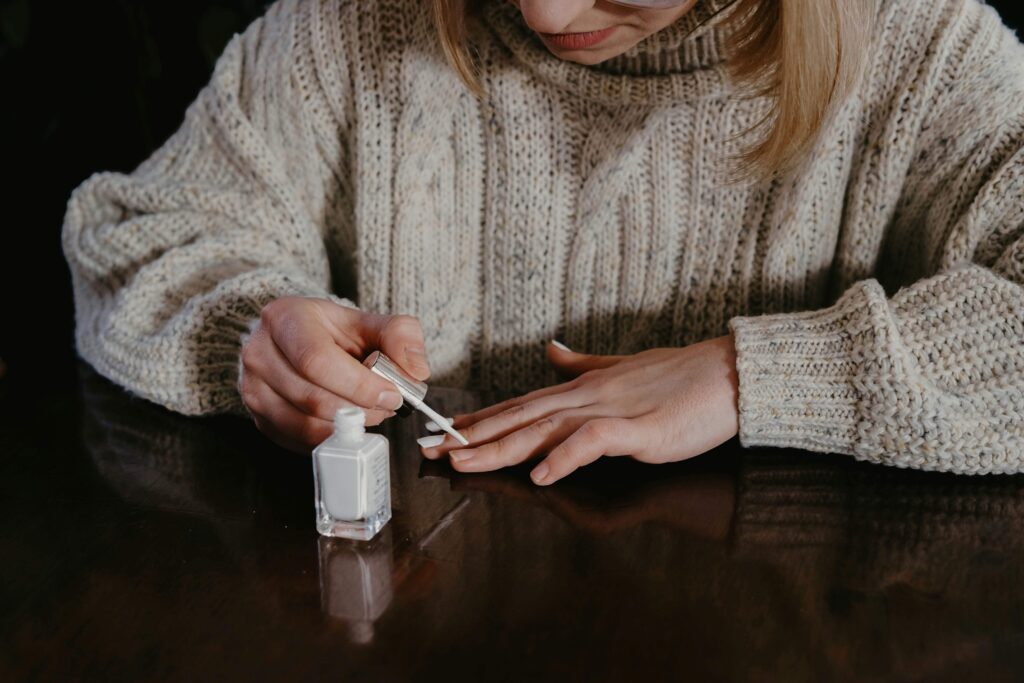
5. Slow Nail Growth
If your nails are growing slowly or not at all, it could be due to protein deficiencies, particularly keratin, or a lack of essential vitamins like vitamin A and zinc. These nutrients are necessary for nail growth, and without them, your nails may struggle to grow at their natural rate.
What It Means for Your Health:
- A deficiency in protein and vitamins A and zinc can impede the production of new nail cells, leading to slower growth.
- This can be particularly noticeable in individuals who may not be consuming enough lean protein or nutrient-dense foods.
Ensure you’re eating enough protein from chicken, fish, and beans. Boost vitamin A with carrots, sweet potatoes, and spinach, and make sure you’re getting enough zinc from seeds, nuts, and chickpeas.
How to Improve Nail Texture
To improve the texture of your nails, it’s essential to address any underlying nutritional deficiencies and adopt healthy habits. Here are a few tips to improve your nail health:
Eat a nutrient-rich diet: Ensure you are getting enough of the key nutrients for nail health, including biotin, iron, zinc, and vitamins A and C.
Stay hydrated: Drinking enough water helps keep your nails hydrated and reduces the chances of dryness and brittleness.
Use gentle nail care products: Avoid harsh chemicals, and opt for nourishing nail care products that strengthen and protect your nails.
Moisturize regularly: Apply cuticle oil and hand cream to keep your nails hydrated and healthy.
Additionally, Bioma’s Collagen Gummies can help improve your gut health, which plays a critical role in nutrient absorption. When your body absorbs nutrients more effectively, your nails can receive the nourishment they need for better strength and texture.
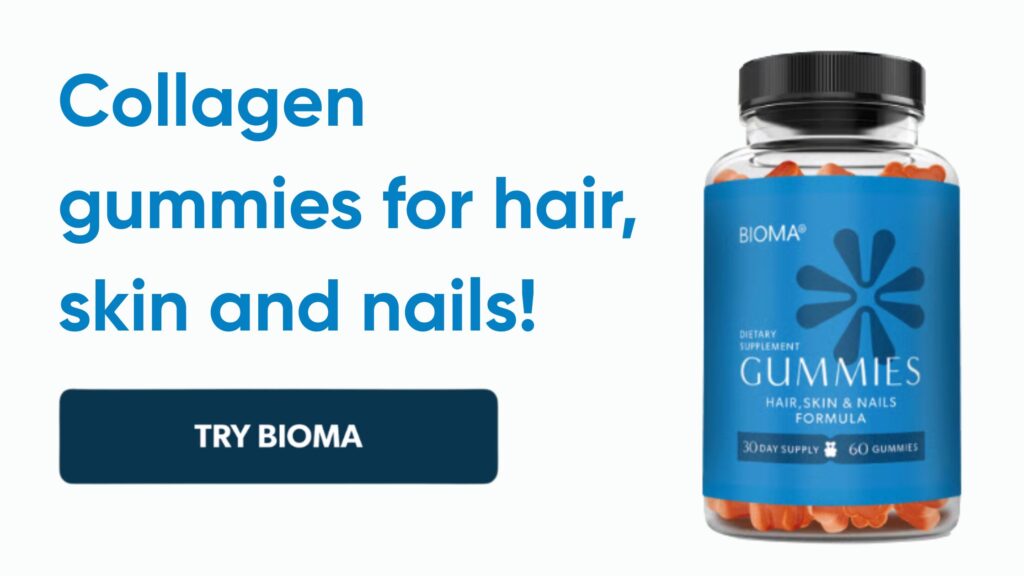
Customer Review
“After reading about what nail texture can reveal about your health, I realized I needed to pay more attention to my nails. They were brittle and peeling, so I decided to try Bioma’s Collagen Gummies for Hair, Skin, and Nails. I’ve been using them for a few weeks now, and the difference is amazing! My nails are stronger, smoother, and have a healthier texture overall. These gummies have also improved my hair and skin, making me feel more confident. If you’re looking to nourish your nails and support your overall health, I highly recommend giving these gummies a try!”
— Mia W., Verified Customer
When to Seek Professional Help
If you notice persistent issues with your nails—such as severe discoloration, significant texture changes, or painful ridges—it may be time to consult a healthcare provider or dermatologist. Nail problems can sometimes be a sign of deeper health issues, such as nutrient deficiencies, thyroid problems, or fungal infections.
Can my nail texture really reveal information about my health?
Yes, your nails can provide valuable insights into your overall health. Changes in nail texture, such as ridges, discoloration, or thickness, can indicate underlying health issues such as nutrient deficiencies, circulation problems, or even chronic conditions like thyroid imbalances. Paying attention to these changes can help you identify potential health concerns early and take action accordingly.
How long does it take for nail texture changes to reflect health issues?
It typically takes 4-6 weeks to notice changes in your nails after the onset of a health issue, as nails grow slowly. Since nails take about 6 months to fully regrow, visible changes in nail texture can take some time. Consistency in noticing these changes is crucial, and seeing a healthcare provider for a proper diagnosis is important if you notice any unusual texture changes.
Are Bioma’s Collagen Gummies helpful for improving nail texture?
Yes, Bioma’s Collagen Gummies can support healthier nails by improving gut health. A balanced gut microbiome promotes better absorption of nutrients like biotin, zinc, and iron, which are essential for maintaining strong, healthy nails. By addressing gut health, the gummies help ensure that your body gets the necessary vitamins and minerals to support nail texture and overall strength.
What health issues can my nail texture reveal?
Changes in your nail texture can indicate various health issues, such as:
- Iron deficiency: Vertical ridges or spoon-shaped nails may be a sign of iron deficiency.
- Thyroid problems: Dry, brittle nails could indicate thyroid imbalances.
- Circulation issues: Bluish nails may suggest poor circulation or heart issues.
- Fungal infections: Thickened, discolored nails may signal a fungal infection.
- Vitamin deficiencies: White spots or horizontal ridges can point to deficiencies in vitamins like zinc or biotin.
Identifying these signs early can help you take the right steps toward treatment and better health.
How can I improve my nail texture if it’s unhealthy?
Improving nail texture requires a combination of good nutrition, proper nail care, and avoiding harmful habits. Start by ensuring you get enough biotin, zinc, and iron in your diet. Keep your nails moisturized and protect them from damage by avoiding harsh chemicals. Regularly trimming and filing your nails will help keep them in good condition. If you’re experiencing significant texture changes, it’s best to consult with a healthcare provider to identify any underlying health issues.
Can stress affect my nail texture?
Yes, stress can impact your nails by disrupting the normal growth cycle. Chronic stress can lead to brittle nails or even cause them to develop ridges. Stress may also exacerbate conditions like eczema or psoriasis, which can affect nail texture. Managing stress through relaxation techniques and ensuring proper self-care can help improve both your nails and overall health.
Related articles
